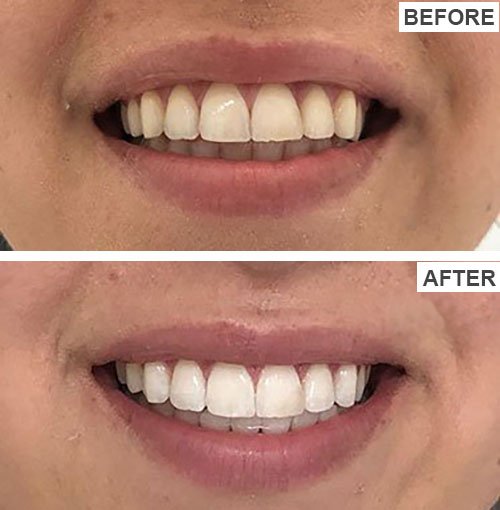- +91 9363635347,+91 9840335347
- Monday-Saturday : 5.00 pm - 9.00pm Sunday: By Appointment Only

Teeth Whitening has become the most popular and the most demanded dental procedure in recent times. In Chennai alone cosmetic dentistry is on the rise. The rise in television and media industry has made the public very aware of the kind of teeth that they have. The most famous celebrities and models portray the best smiles and laughs that make teeth whitening a more desirable process among the populace.
As the name suggests, teeth whitening is the process of making the teeth white by getting rid of accumulated stains and discoloration. The stains are usually yellow in color and it is due to a chemical compound called chromogens. To get rid of the yellow stains, one has to get rid of chromogens by practicing some form of teeth whitening procedure. The intensity of the procedure depends upon the type and reason for the stains.
The nature of the stains are categorized into two parts namely intrinsic and extrinsic. In intrinsic stains, the discolouration happens from within the teeth due to factors such as genes, age, etc. In extrinsic stains, the teeth become yellow because of external sources such as food, smoking, drinking alcohol, etc.
Teeth bleaching refers to the process of breaking down the chromogens by oxidizing chemicals such as hydrogen peroxide. Whether it be physical removal or chemical removal of stains, lightning the teeth color can be achieved by a variety of methods.
Who can have teeth whitening?
You can get the procedure of teeth whitening done if you have any of the following


The time that the effects of teeth bleaching last depends on the procedure undertaken to do it. Most in-Office treatments last upto 6 months and sometimes upto 3 years all depending upon the lifestyle of the person. The efficacy of the treatment will be compromised if you consume more teeth staining foods without proper oral hygiene.
No. Common techniques of teeth whitening do not hurt. However, both in-office and at home can be painful or uncomfortable if your teeth are very sensitive. Some teeth bleaching techniques use peroxide gel as the oxidizing agent for the yellow stains. Some use even stronger chemicals for bleaching, and this results in deterioration of the enamel. Pain felt due to this is called bleaching sensitivity (BS). Moreover, techniques used for in-house treatments such as light-accelerated bleaching and internal bleaching can be painful if your enamel is exposed.